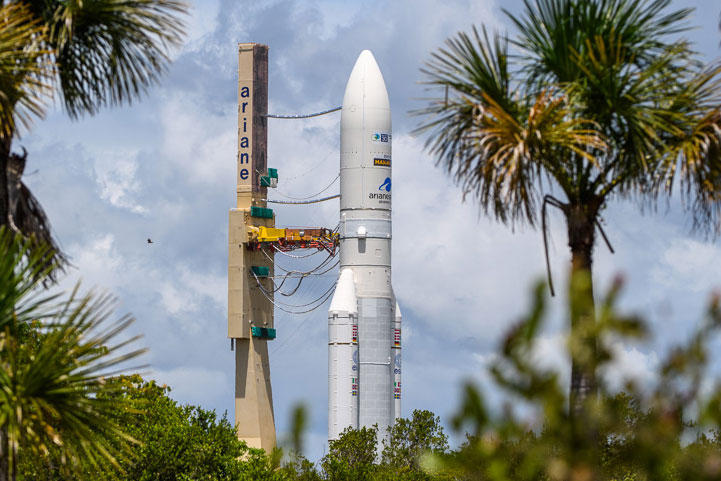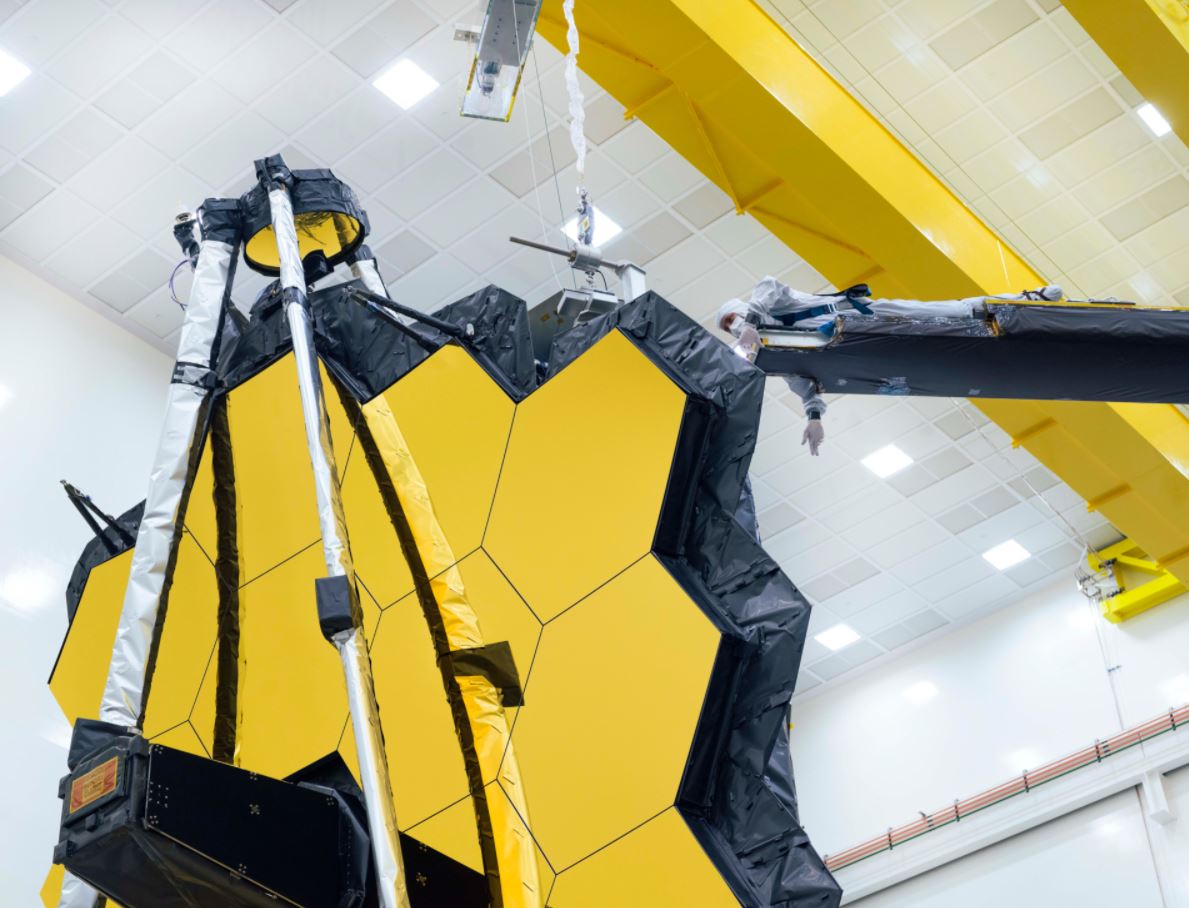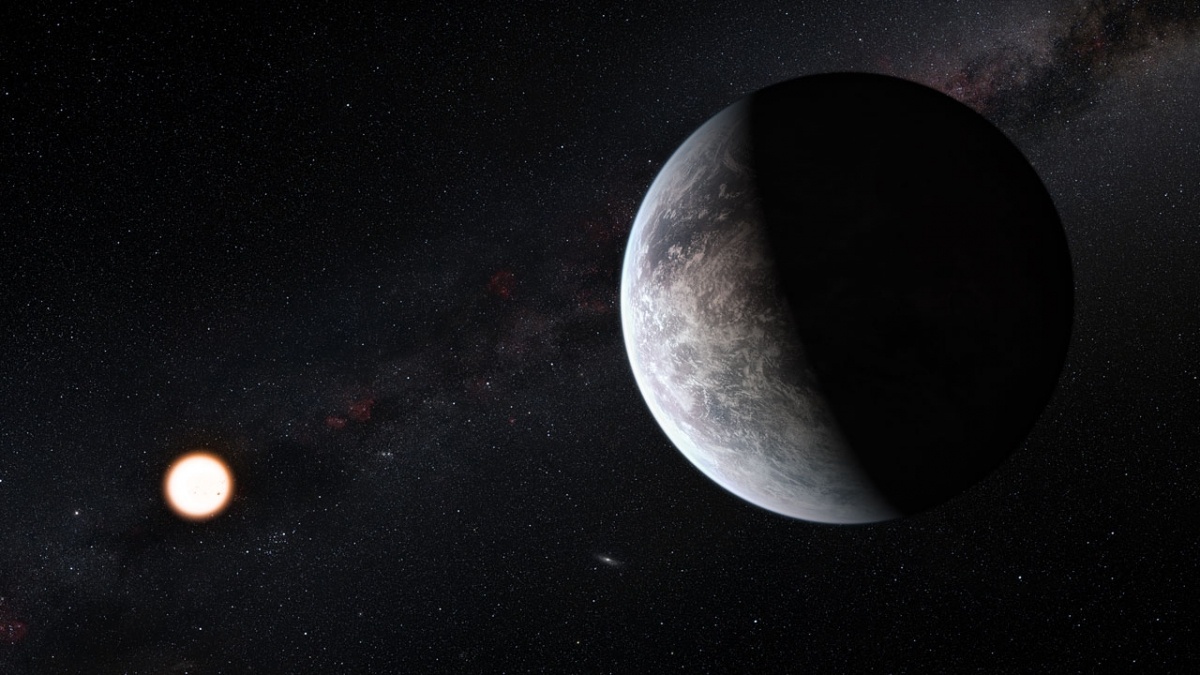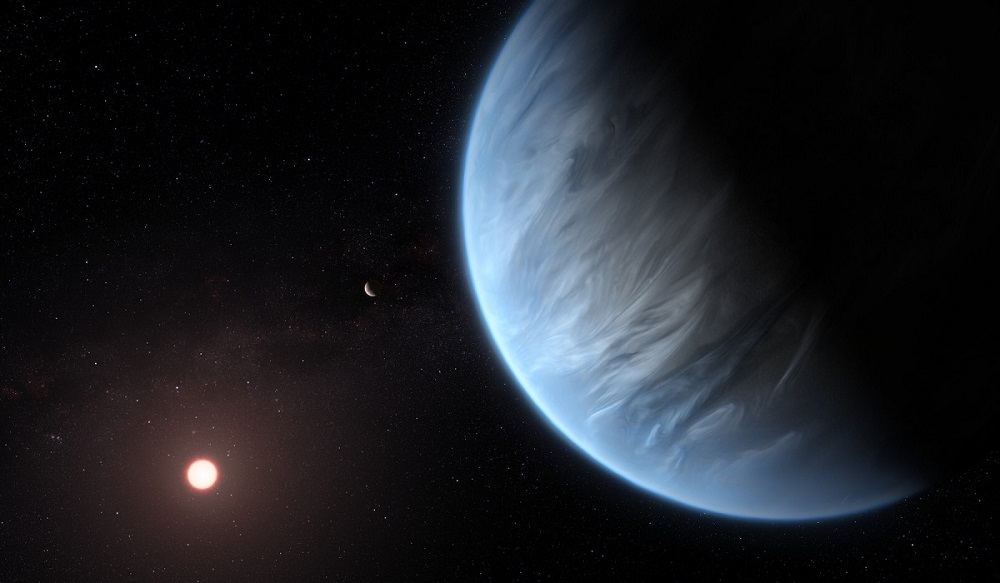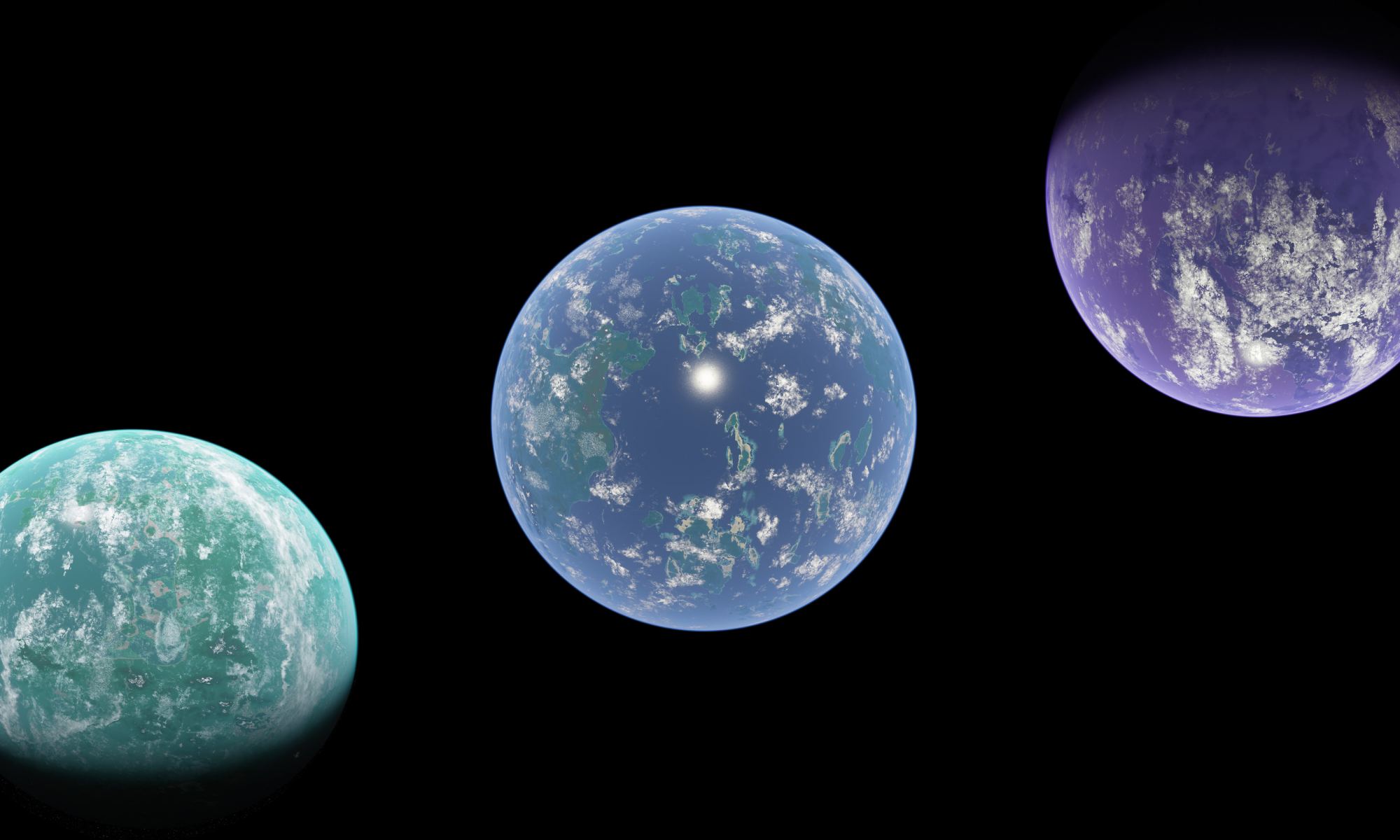A new report from the US Government Accountability Office (GAO) says that the launch of the long-awaited, highly anticipated James Webb Space Telescope (JWST) will very likely be delayed due to an anomaly identified in the Ariane 5 launch vehicle. Launch for JWST is currently scheduled for October 31, 2021, but that date could slip by at least a couple of weeks.
Continue reading “Concerns About James Webb’s Ariane 5 Rocket Might Push the Launch Back”Concerns About James Webb’s Ariane 5 Rocket Might Push the Launch Back
